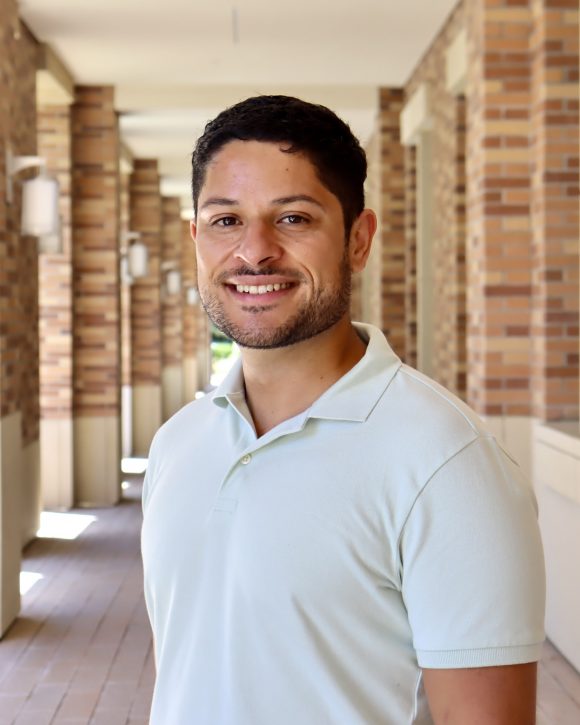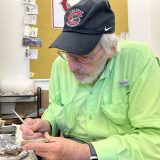Welcome New Schmid Faculty — Rodrigo Vasquez
Announced on September 8, 2024
 Please join us in welcoming Rodrigo Castillo Vasquez (he/him) to Schmid College of Science and Technology. Vasquez will serve as an Instructional Assistant Professor of Physics.
Please join us in welcoming Rodrigo Castillo Vasquez (he/him) to Schmid College of Science and Technology. Vasquez will serve as an Instructional Assistant Professor of Physics.
Rodrigo Castillo Vasquez earned his Ph.D. in theoretical high energy physics from the University of Texas at Austin. As a graduate student, he worked as an instructor of record for four years teaching introductory physics to non-STEM majors.
Q&A with Rodrigo Castillo Vasquez, Instructional Assistant Professor of Physics
Q: What role were you in before this one?
A: I just got my Ph.D. in theoretical high energy physics from the University of Texas at Austin. As a grad student, I worked as an instructor of record for four years teaching intro physics to non-STEM majors. It was definitely a challenge, but a fun one that taught me a lot and gave me so many good experiences.
Q: What’s the best advice you’ve received in your science career?
A: The most valuable advice I’ve received in my career is to avoid comparing myself to others. True progress involves comparing my current self to past versions of myself. If I’m in a better position and performing better than before, then I’m making progress.
Q: Schmid College believes that the best science happens when diverse individuals are supported, included and empowered to share their voices as a part of scientific discovery. What do diversity, equity, and inclusion mean to you?
A: For me, diversity means that no one is left behind or aside because of who they are or because of their background. Equity means creating the right conditions for everyone to do their best. Inclusion means that everyone is represented accordingly, and they all have a voice when it comes to making decisions.
Q: Got any fun facts to share?
A: One of the coffee bars at the International Centre for Theoretical Physics in Trieste, Italy, is called H-bar after I suggested the name in a tweet back in 2016, when I was a student of their diploma program. This was even featured in an article of the local newspaper in 2018. I consider this to be my most important contribution to the international physics community.

